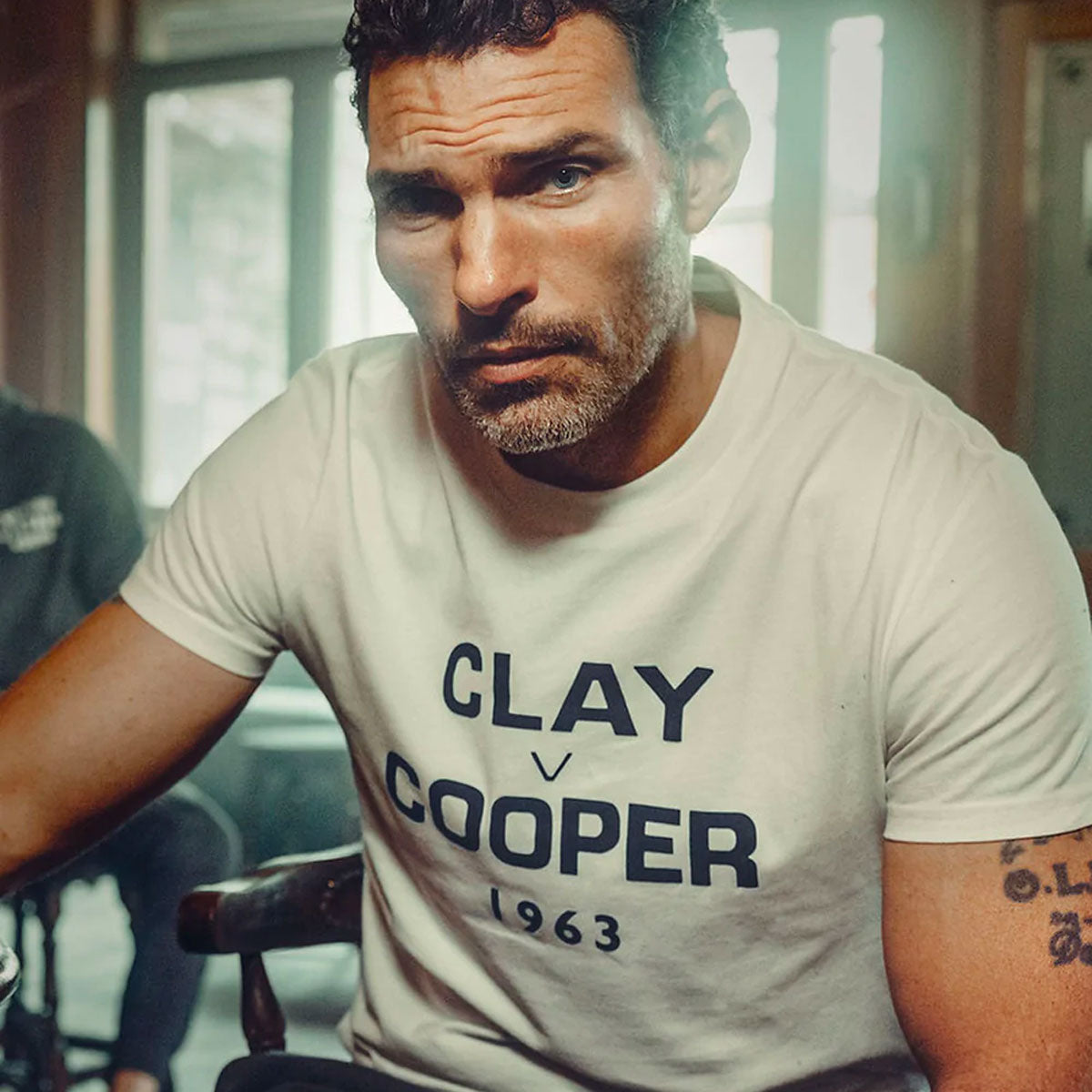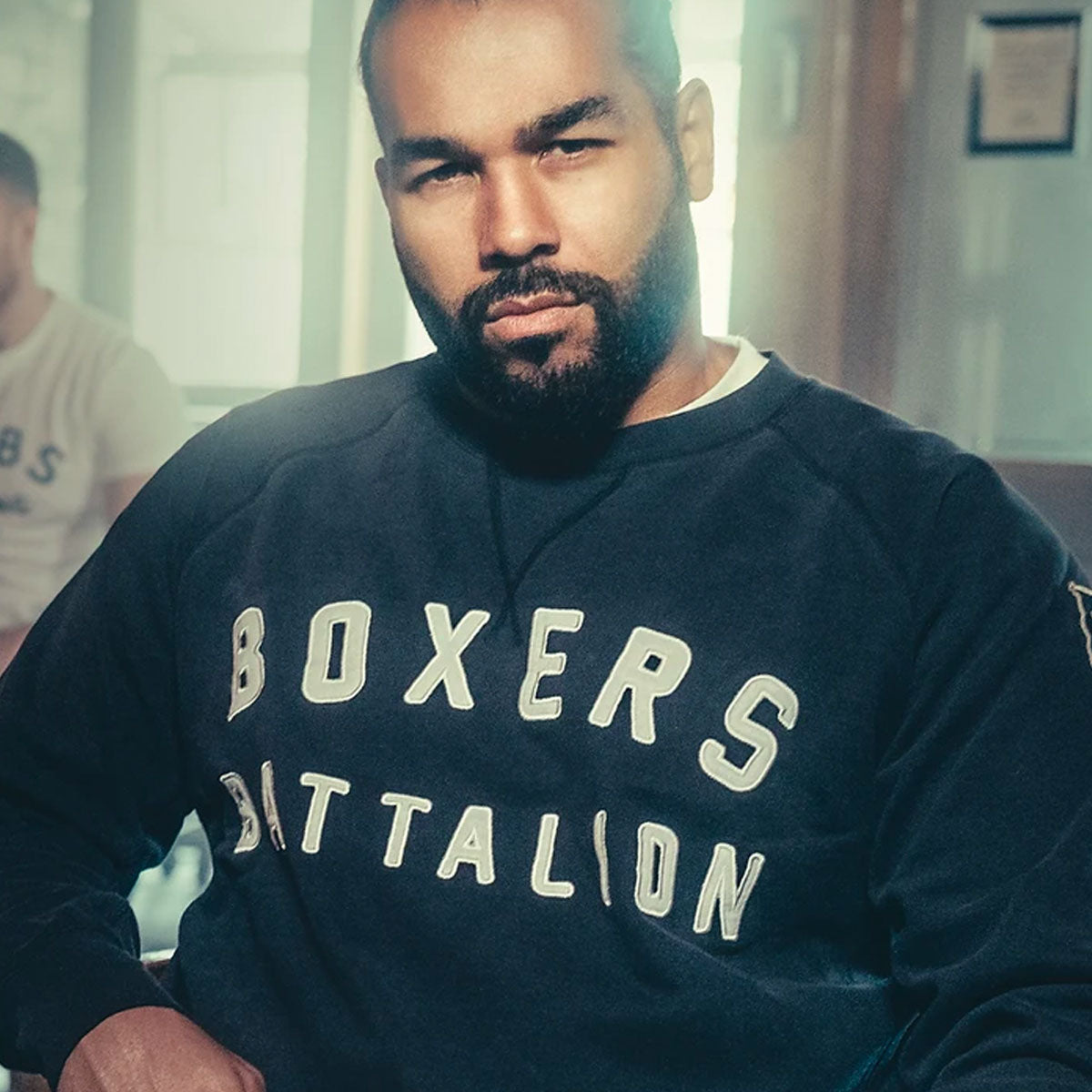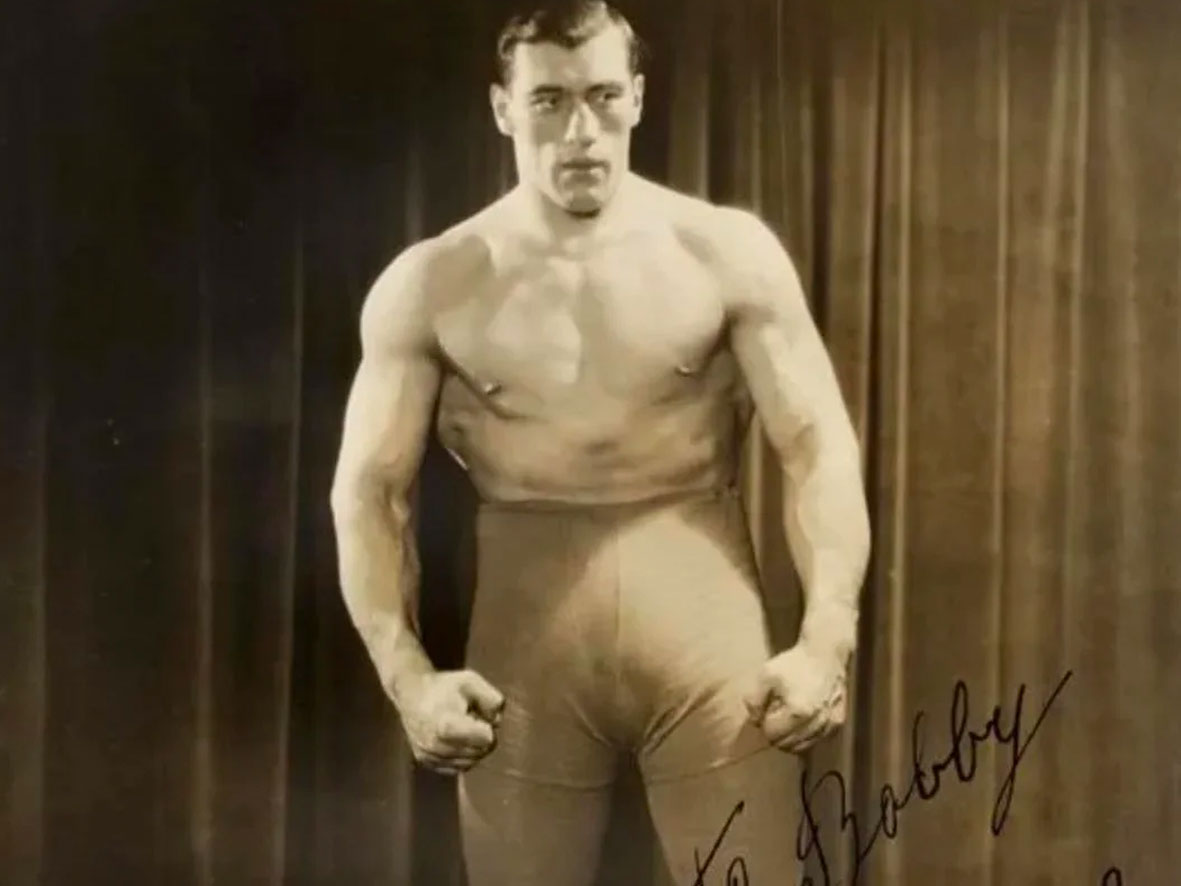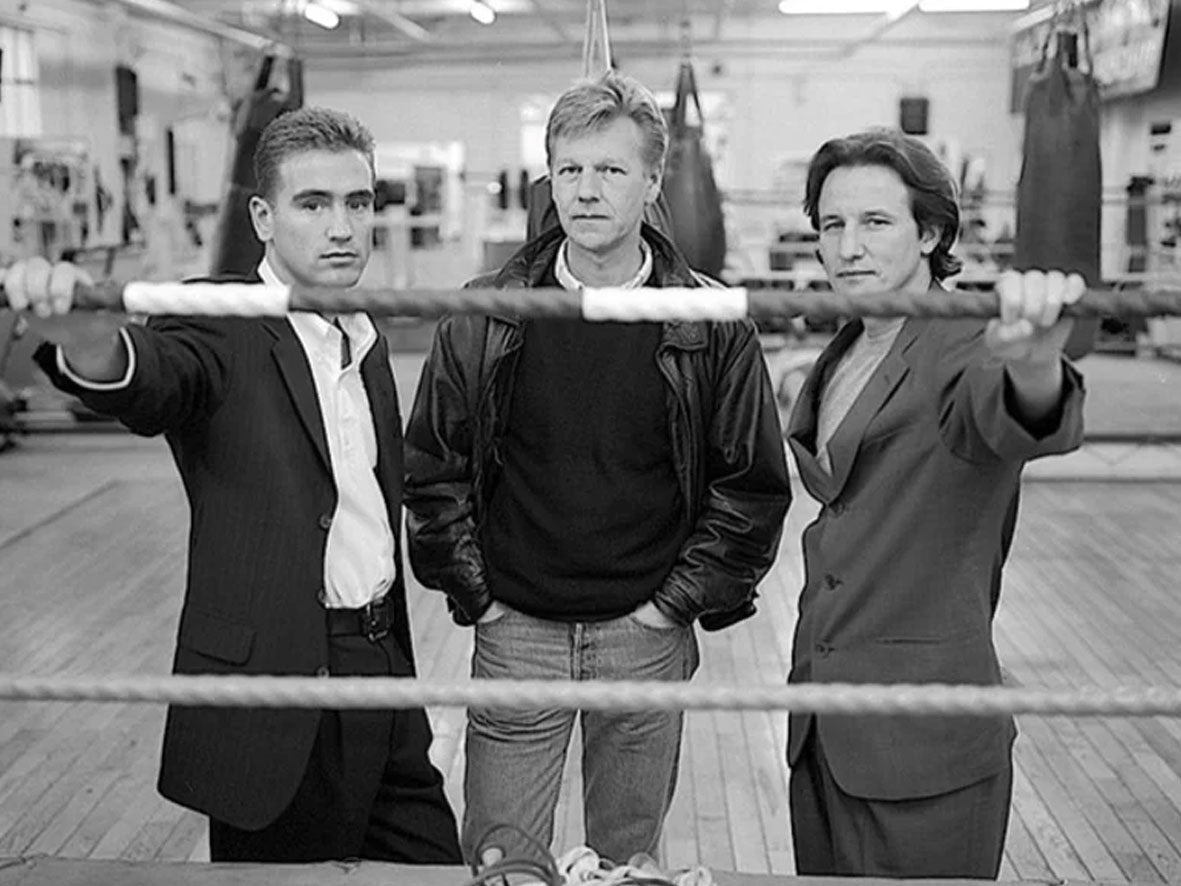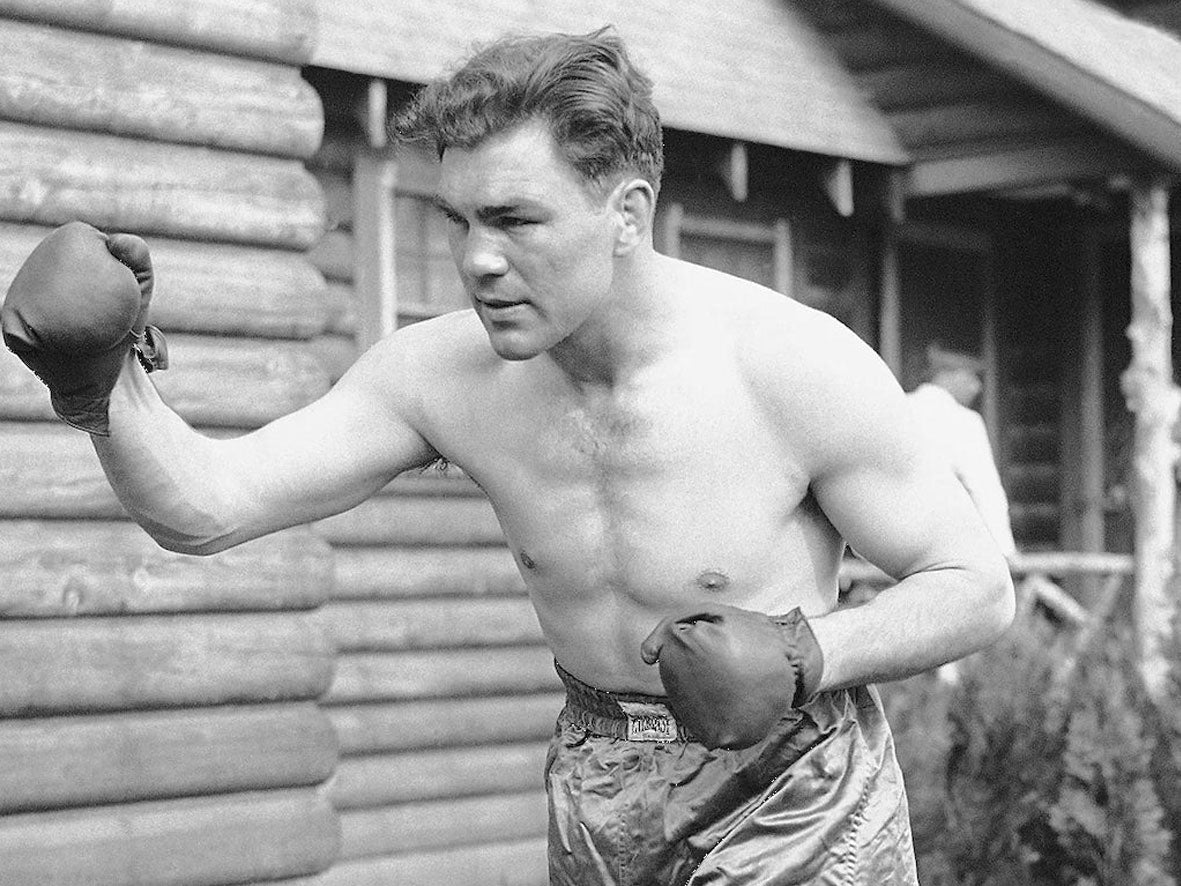When Carnera won the title, there were celebrations everywhere. It gave every Italian a sense of pride and hope.’
Rocky Marciano
Primo Carnera stood a touch under 6ft 6inches, fought at around 19st, wore size 16 shoes and let’s not forget, became Italy’s first heavyweight champion of the world. Some had the gall to call him a gentle giant, others branded him a freakshow, but I’m sure his 72 knockout victims would have begged to differ.
Born on 26 October 1906 in the municipality of Sequals in northern Italy, ‘Da Preem’ weighed a staggering 15 ½ lbs at birth. He was the first son, hence named Primo, to a stone cutter and grew up in extreme poverty in rural surroundings in his native region of Friuli. His family struggled to find enough food to keep him nourished due to his immensely evolving size and he did what many Italians did back then to survive - they left home. Shortly after his sixteenth birthday, he went to France to work as a bricklayer alongside many other migrant Italians and that’s when he started training at a nearby gym. His size, power and presence soon caught the attention of a travelling circus and before he knew it, he was being offered a meagre salary to flex his muscles in front of crowds. Comparatively, the salary was giving him a life of luxury compared to starvation.
From lifting weights and demonstrating feats of strength, Primo progressed to fighting volunteers from the crowd. One particular day Carnera knocked out a worthy opponent, unaware that a certain French heavyweight by the name of Paul Journee was watching. Journee was a 6ft 4inches journeyman who fought from 1912 to 1926 and had fought some respectable names such as Bombardier Billy Wells, Battling Siki, Larry Gains and Paulino Uzcudun. In fact, Gains and Uzcudun would turn out to be future opponents for Carnera down the line.
Journee, who owned a gym in the neighbouring town, saw potential in Carnera beyond circus tents and freakshows and started training him in the art of boxing. This was the start of a toxic slippery slope for the man mountain. Journee soon introduced Carnera to a 5ft boxing manager called Leon See, and in doing so gained a 25% stake of his future earnings. See then took his cut and before even signing up as a professional, Carnera was already fighting to break even, a theme that wouldn’t escape him until his final professional fight.
Carnera was an untrained fighter and for that, many said he was a gigantic clumsy spectacle from the outset. However, as Italy’s favourite fighting son started to become versed in the art of pugilism, his handlers focused on his brutish size and strength, seeing that as their first port of call in terms of marketing. However, his boxing career, despite being heavily contested in terms of validity, certainly proved many wrong in terms of his ability.

Carnera made his debut on 12 September 1928 at Salle Wagram, Paris, stopping Leon Sibilo in two rounds. Thirteen days later he pummelled Joe Thomas in three, outweighing the Frenchman by 86lbs, which equates to over six stone.
Within 18 months Carnera had clocked up 28 wins and had two losses by way of disqualification to his name. However, it’s the detail behind those contests which create a far darker picture. Colossus Carnera was being paraded initially around Europe, fighting in Italy, France, Spain and the UK, taking on some decent opposition, but with dubious results. Take for example his maiden voyage to London in October 1929. After disposing of Jack Stanley in under two minutes at the Royal Albert Hall, Carnera returned to the Kensington venue to take on Young Stribling. William Lawrence Stribling Jr. was only a couple of years older than Carnera, but had already amassed a very impressive record of 226-12-17, winning plaudits in a number of weight divisions. Many thought this contest was a step too far for Carnera at this stage of his career, but after four rounds he was declared the winner. The issue however was that Stribling was disqualified for a low blow which looked staged, to put it mildly. Three weeks later the pair met again, but this time in France and Stribling won by, you guessed it, disqualification from an illegal blow from Carnera. The fights are recorded in history with sidenotes of, ‘This bout was probably fixed.’

Ten days later Carnera avenged a disqualification loss against Franz Diener, who had also gone the distance with Schmeling the year before, knocking out the Berlin resident in six rounds. Stribling in the meantime went on to be involved in some cracking contests, including a fight with Max Schmeling for the world heavyweight crown. Unfortunately, the enigmatic Georgian resident was killed in a motorcycle accident in 1933 at the age of 28, having fought over 250 times.
By now, Carnera’s manager, Leon See was already starting to be outmuscled and outhustled by the mob in America, who saw Carnera as a license to print money. Five weeks after the Diener contest, Carnera made his Stateside debut at Madison Square Garden against ‘Big Boy Peterson.’ Once again, a fighter with a good resume, but with a number of ‘questionable,’ losses to his name.
Owney ‘The Killer’ Madden, a renowned gang leader from Hell’s Kitchen was now involved in Carnera’s management, but more importantly, the gambling connected to his contests. Rumour has it that Peterson had been approached to throw the fight and refused and that’s when Madden’s friend and Hollywood actor, George Raft went to visit Peterson in his dressing room shortly before the contest and spiked his drink. When the opening bell rang at The Garden, Peterson barely had the energy to hold his guard up and inevitably, Carnera smashed him to bits, knocking him down four times and concluding the contest in one minute and 10 seconds of the opening stanza. Both the excited crowd and Carnera had no idea what had happened, and unfortunately, several more contests would unfold as such during Carnera’s career. As far as everyone was concerned, the mountain of muscle had just made a spectacular entrance onto the American stage and the fans wanted more, immediately.
Carnera fought a further 25 times in 1930, winning 23 on the bounce by stoppage, losing once to Jim Maloney on points and gaining a respected split decision victory over teak tough Spaniard, Paulino Uzcudun, in front of 90,000 in his backyard of Barcelona. Carnera’s last contest of 1930 was at the Royal Albert Hall, against Reggie Meen, stopping the future British heavyweight champion in the second round. With time on his hands, Carnera embarked on a mini tour of Lancashire, basing himself in Morecambe. The Italian was given an incredibly warm reception from the town, turning out in great numbers to see him spar against Bradford boxer Ted Brookes, Billy Wells from Sunderland, Tunstall resident Jim Bradley and Glaswegian, Dave Forbes. Even now, several generations later, many local businesses and residents still have photos and signed items which they proudly boast of the time Primo Carnera came to Morecambe.
Friuli’s favourite fighting son fought 10 times in 1931, with the most notable contest being his only loss of the year, against Jack Sharkey. Carnera hit the canvas in a contest billed for the American Heavyweight title, but fought back to lose on points over 15 rounds in front of 30,000 fans at Ebbets Field, Brooklyn.
1932 was a far busy year in comparison. Carnera fought 26 times against nondescript opposition, apart from his two losses. The first was against Canadian, Larry Gains, in front of 70,000 at White City. The seasoned Toronto Terror outboxed Primo for all 10 rounds, but it was the second loss which was shrouded in further controversy. On 6 August 1932, Carnera lost on points to Stanley Poreda at Dreamland Park, Newark, in front of 15,000 onlookers. Despite being outweighed by over 62lbs, Poreda was too much for Carnera to handle and the Italian soon employed roughhouse tactics of rabbit punching, using elbows and wrestling his smaller foe. Commissioner George E. Keenen, was ringside and suspended shady referee Joe Mangold, in what was termed an ‘unpardonable decision.’ Keenen added, ‘He can't possibly have any excuse for his action, and I have decided to suspend him and keep him suspended until he learns how to judge a fight.’

Carnera’s first fight of 1933 left shockwaves around the world on a number of levels. On 10 February 1933, Primo took on New Jersey born Ernie Schaff at Madison Square Garden. Schaff wasn’t the heaviest puncher, but he’d won a number of fights on points against very decent opposition, including future world champions Max Baer and James Braddock, not to mention title challengers, ‘Two Ton’ Tony Galento, Paulino Uzcudun and Young Stribling. However, it was a rematch with Baer in August 1932 in which he took a beating in the tenth and last round of their contest, which proved to be fateful. The final bell saved him from having a knockout loss on paper, but shortly after receiving the final blow, Schaff fell face forward on the canvas and remained unconscious for several minutes. Despite fighting three times after the Baer contest, he did so with extreme headaches, which were evidence of brain damage sustained against Max.
Carnera knocked out Schaff in the thirteenth round at Madison Square Garden and he never regained consciousness. Despite being rushed to the hospital for emergency surgery, 24 year old Schaff died from his injuries four days later on 14 February 1933. Carnera was deeply affected by Schaff’s death and it took something special to get him back in the ring, which in this case was a shot at the world heavyweight title.
On 29 June 1933 Carnera challenged Jack Sharkey for his crown at the Madison Square Garden Bowl, Long Island, Queens. In their last encounter in 1931, Sharkey comfortably outpointed the Italian and had him shaken on a number of occasions, but this time Primo seemed to be a more seasoned boxer, flicking out his jab accurately and working aggressively on the inside. In round six Carnera landed a hammer of an uppercut flush on Sharkey’s chin and the contest was all over. Many speculated mob involvement, but Sharkey, known for his granite chin, to his dying day said, ‘I’d never have anything done like that. I was raised Catholic. I was raised to be honest.’ While Carnera should have been celebrating his victory in the coming weeks and months, instead he was questioning the validity of his win, in addition to having to deal with a volley of harsh media critics.
The worst part was that Carnera had earned in excess of $1 million by this stage in his career, which would be around $25 million in today’s money and he hardly saw a dime of it. His purse to fight Sharkey for the title was $17,000, but after his ‘management’ team had taken their cut, Primo walked away with a couple of hundred bucks.
Four months after the Sharkey victory, Carnera had a homecoming of sorts as he took on old foe Paulino Uzcudun. Primo was putting his world title on the line, but the European title was also up for grabs. After 15 hard fought rounds at the Piazza di Sienna, Rome, Carnera walked away with a points decision.
Carnera defended his world title on 1 March 1934 at the Madison Square Garden Stadium, Miami against former light heavyweight world champion, Tommy Loughran, outweighing him by 84lbs.
Three months later Carnera came up against his toughest test to date as he took on the fearsome Max Baer. From the opening bell at the Madison Square Garden Bowl, Queens, it was a one sided beating. Baer knocked Carnera down three times in the opener and put him on the canvas a further eight times in the coming rounds, before stopping the champion in round 11. Ring Magazine oracle, Nat Fleischer was ringside and gave Carnera three of the rounds, whilst the contest lasted. As Carnera waved goodbye to the 56,000 fans in attendance, he also said farewell to the world title which he would never win back
Carnera bounced back with four straight wins, fighting in Argentina, Brazil and the USA, in the hope he could claw his way back to title contention. All he had to do was beat a 21 year old fighter with 11 months pro experience behind him. The name of said fighter? Joe Louis.
Carnera was stopped in six rounds in front of 60,000 people at Yankee Stadium, The Bronx on 25 June 1935. The New York Times wrote, ‘Carnera visited the canvas three times before becoming utterly helpless, clinging to the top rope, when the bout was stopped.’
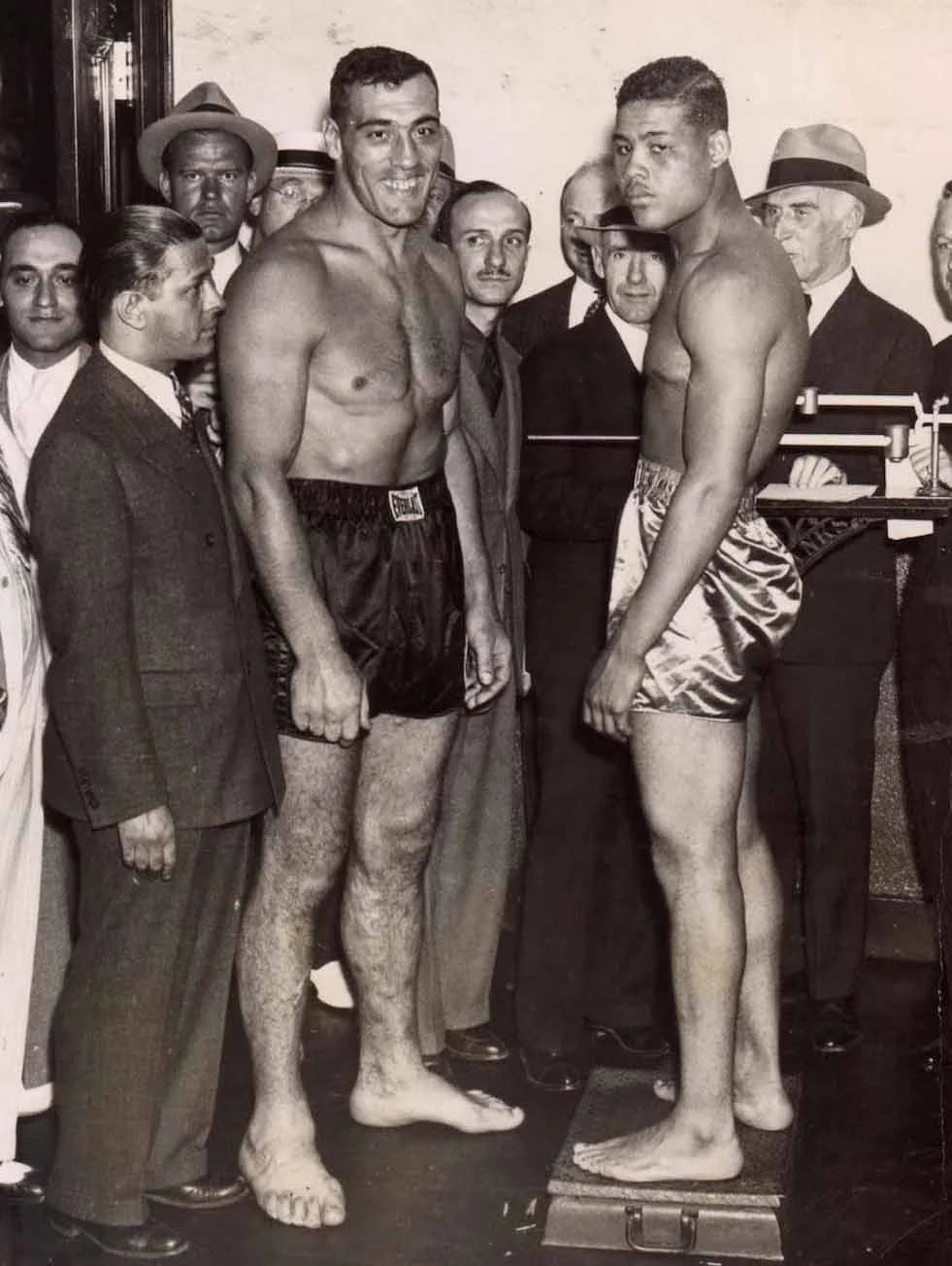
Carnera won five of his next eight outings, which brought his timeline up to the World War 2. By this stage he was no longer the marketable commodity he once was when he broke into the heavyweight scene and his opportunities, along with his lucrative purses became far and few. His last fight of 1937 was against Josip Zupan in Hungary, but sadly after his career was halted after having a kidney removed due to his evolving diabetes.
Despite not having any official political affiliations, Carnera was quickly used by both the Italian and German fascists to add weight to their movements. He had his sights set on returning to the ring, mainly for financial reasons, but knew he wouldn’t be able to compete at the top level any longer.
Primo married Giuseppina Kovačič on 13 March 1939, from the neighbouring town of Gorizia, Italy and they would eventually gain dual citizenship for both Italy and America, settling down in Los Angeles, where they would open a restaurant. They also had two children, Umberto and Giovanna Maria.
Despite having five fights from 1945-56, of which he lost three, his boxing days were long behind him. He was however now about to embark on the most lucrative part of his life, yet again in a square ring. He retired with an impressive 89 victories (72 knockouts) and 14 losses. In the words of scribe Colin Hart; ‘Carnera was a much better warrior than he was given credit for.’
On 22 August 1946, Carnera made his debut as a wrestler and in under 12 months remained undefeated in 120 contests. He went on to beat former world champion Ed ‘Strangler’ Lewis in December 1947 and became a regular on the circuit well into the 1960’s. To this day he’s the only fighter to become world heavyweight champion in both boxing and wrestling, and to also have been inducted into both hall of fames.

Whilst boxing Carnera also dipped his toe into acting, which included a few cameos of himself such as The Prizefighter and The Lady in 1933, which starred future foe Max Baer and Mighty Joe Young in 1949, where he was involved in a tug of war scene with the gigantic gorilla. Having been used as a boxer by various management factions, this didn’t change on the big screen, when Budd Schulberg decided to write The Harder They Fall. The story depicted a massive fighter who’s fights were fixed and who couldn’t take a punch. Sounds familiar? It starred Humphrey Bogart and Rod Steiger and was a mirror version of Carnera’s life. Unfortunately, Primo was unsuccessful in suing the film company.
Primo Carnera died on 29 June 1967, exactly 34 years to the day from when he won the world heavyweight crown against Jack Sharkey. Despite travelling the world, he passed away in his native Sequals, as a result of diabetes and liver disease. If you are his neighbourhood, feel free to drop into the family home, ‘Villa Carnera,’ which has been immaculately kept, retaining all the feature from the 1940’s and 50’s.
We’ll leave you with a quote from one of his pallbearers and fellow world champion, Nino Benvenuti. ‘I think that Carnera can be considered as the best Italian boxing champion of all time. At that time it was really extraordinary to win the heavyweight world title in the United States. The fact that today some people continue to say that some matches were fixed is part of a revisionist history of boxing. Carnera did not need fixed matches: with or without them, he would in any case won the world title. He was an extraordinary athlete.’

Paul Zanon, has had 11 books published, with almost all of them reaching the No1 Bestselling spot in their respective categories on Amazon. He has co-hosted boxing shows on Talk Sport, been a pundit on London Live, Boxnation and has contributed to a number of boxing publications, including, Boxing Monthly, The Ring, Daily Sport, Boxing News, Boxing Social, amongst other publications.

